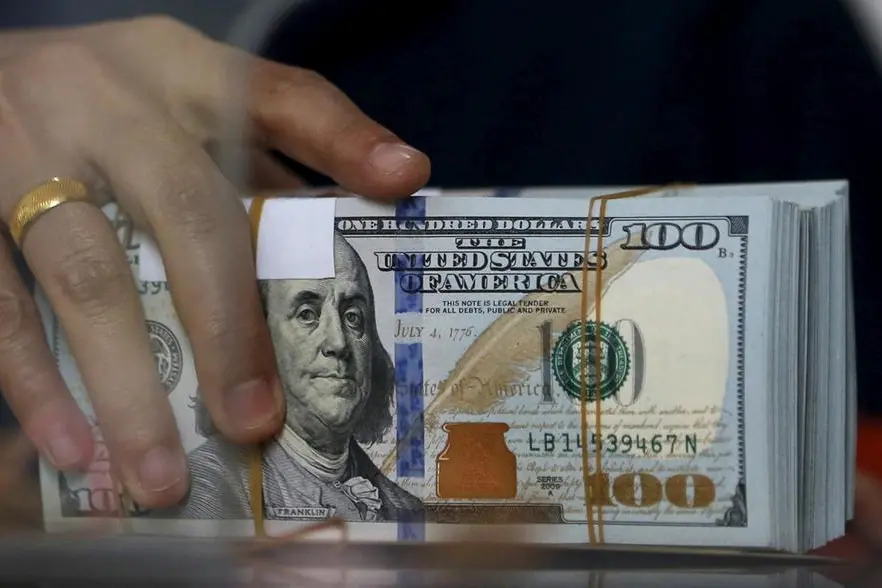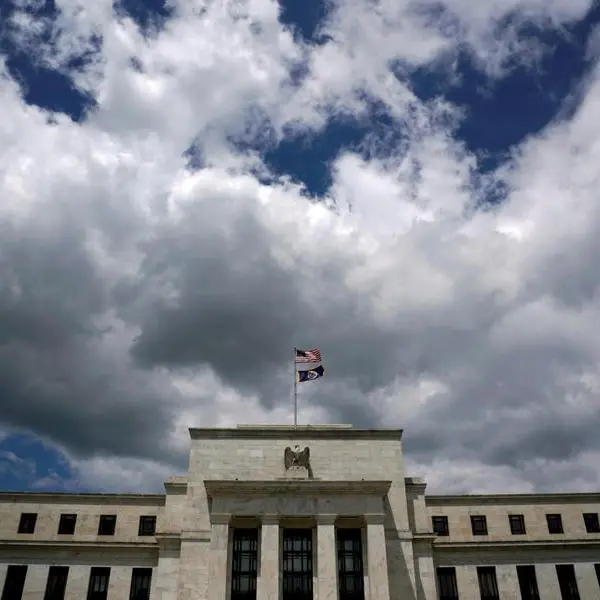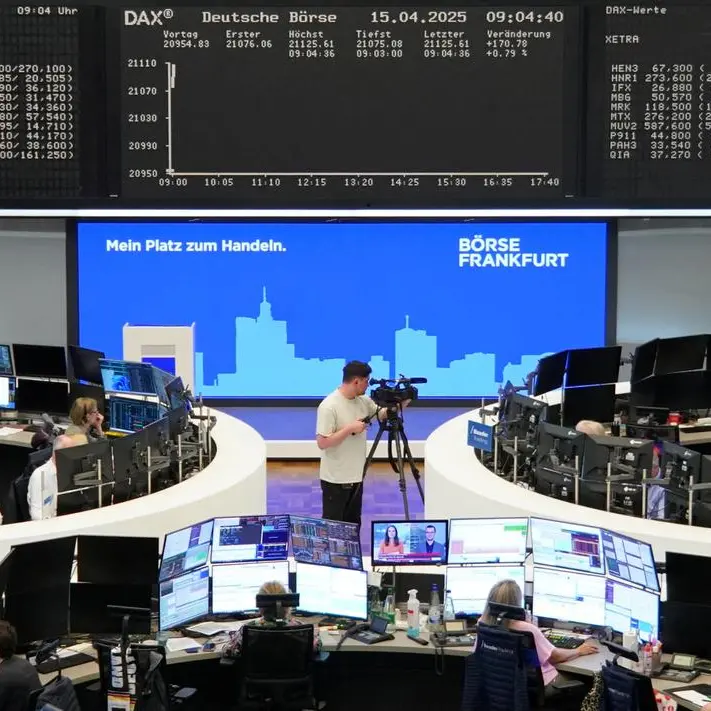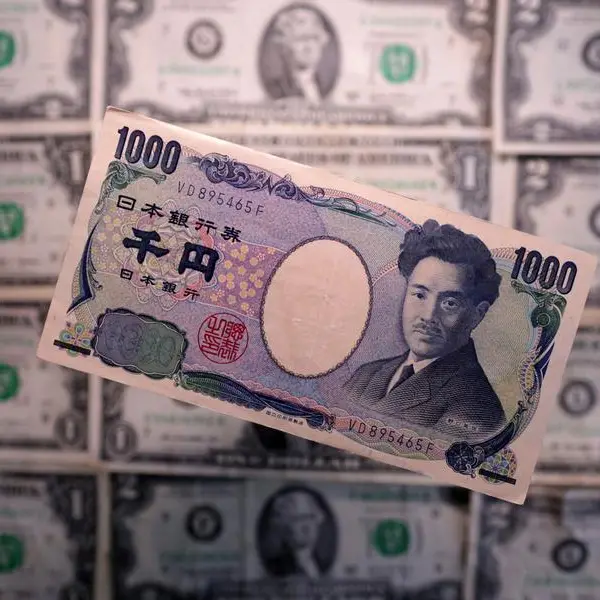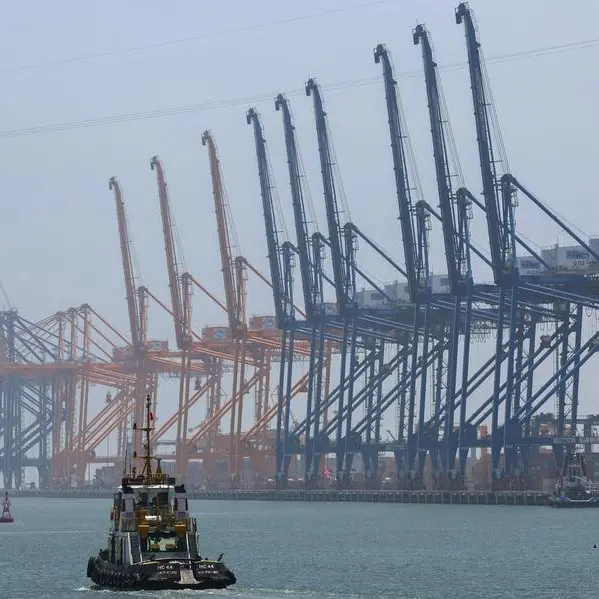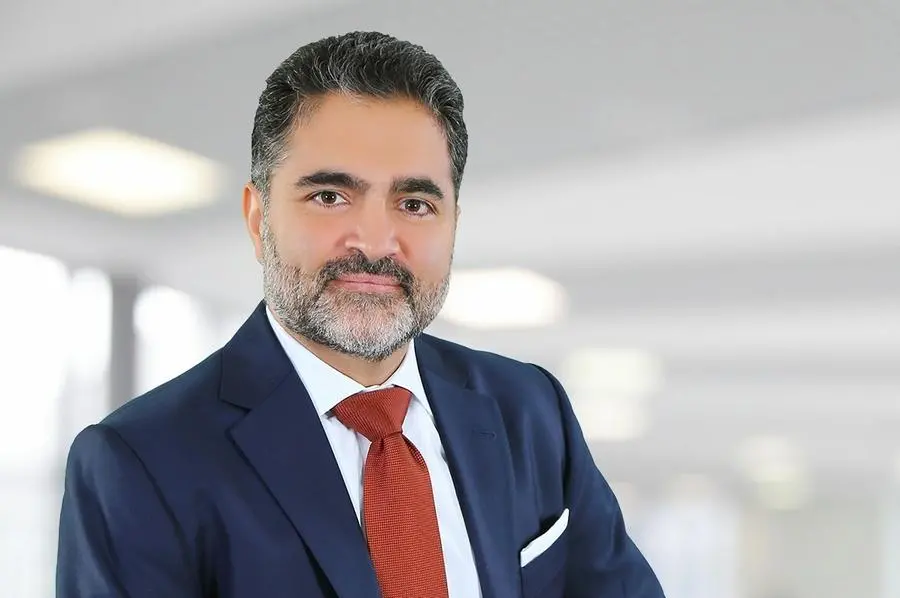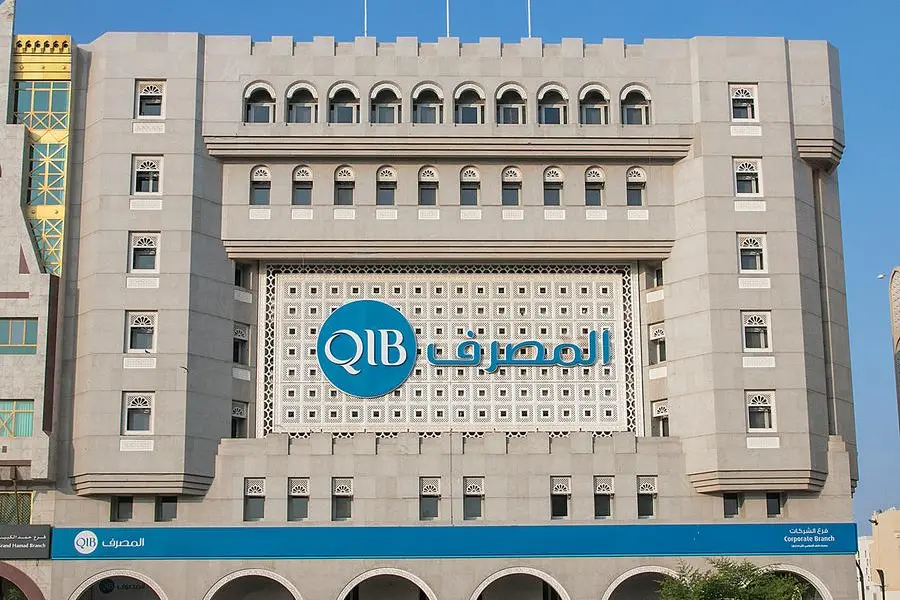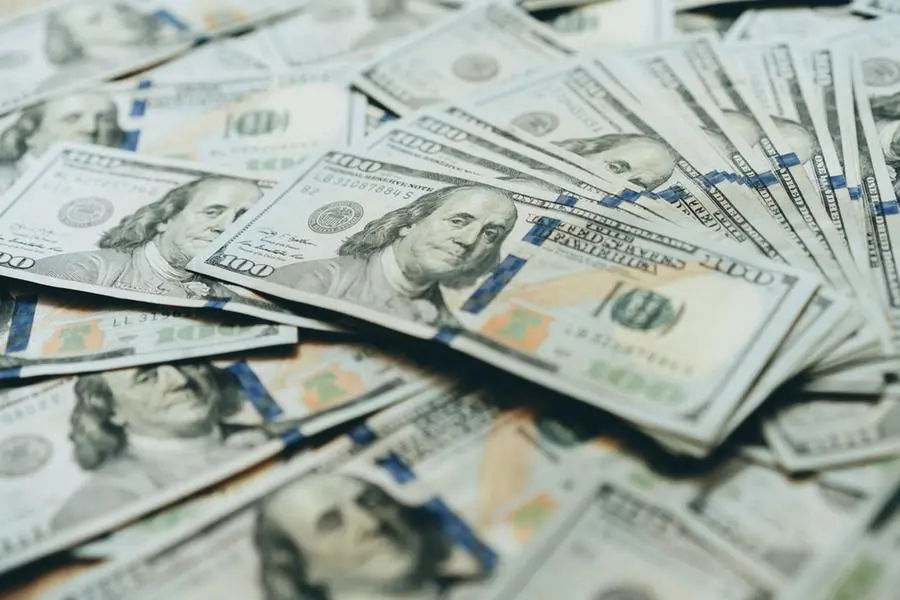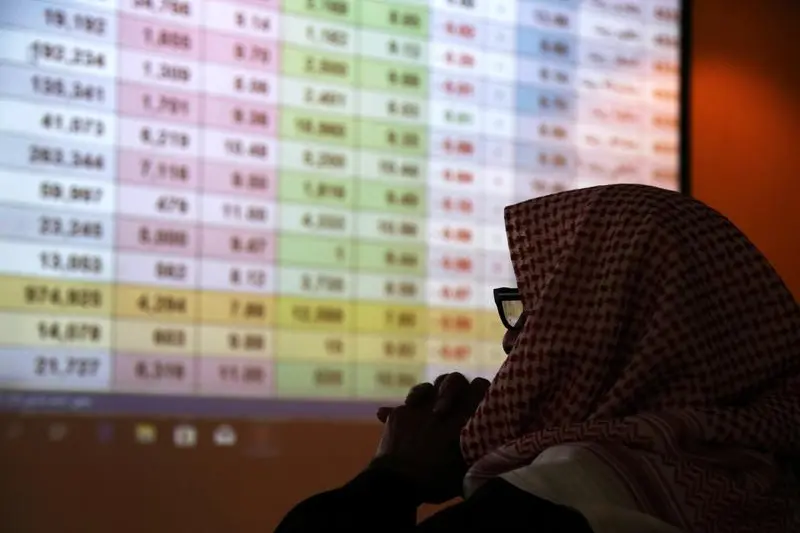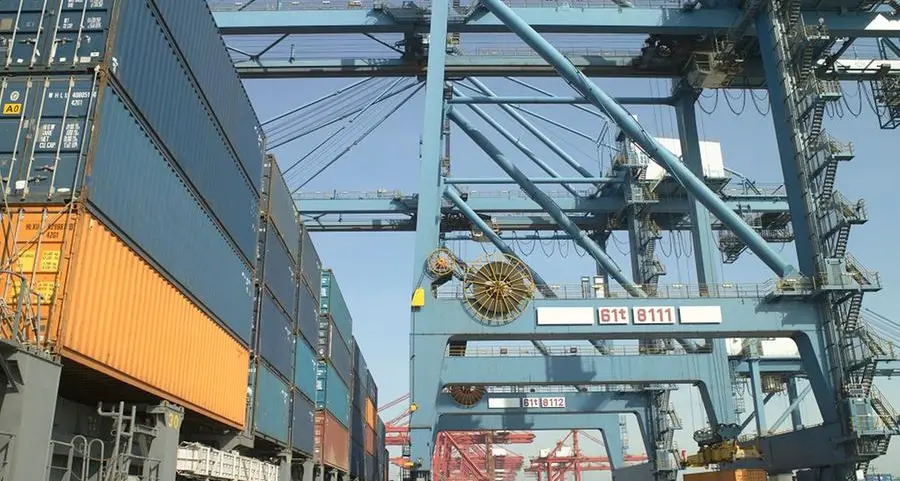PHOTO
FILE PHOTO: An employee of a money changer holds a stack of U.S. Dollar notes before giving it to a customer in Jakarta, October 8, 2015. REUTERS/Beawiharta.
NEW YORK - The yield on the benchmark U.S. Treasury bond fell sharply in the weeks after President Donald Trump took office in January, as U.S. sovereign debt markets rallied. But one measure of risk embedded in that number remained stubbornly positive, in a sign of underlying investor unease.
The term premium, a component of yields, is a measure of the compensation investors want for the risk of lending money for the life of a 10-year Treasury bond.
Even as the yield on the 10-year fell around 50 basis points, the term premium stayed positive in the weeks after Trump's inauguration. That Treasury rally was largely reversed this week as Trump's wide-ranging trade tariffs spooked financial markets. A rapid selloff left Treasury yields only about 20 basis points below their levels when Trump returned to the White House.
And the term premium surged even higher.
A theoretical measure, the term premium captures a variety of elements, including uncertainty about future monetary policy and the U.S. government's credit worthiness, investors and academics say. A persistently positive term premium could be an early sign that bond vigilantes - investors who may have the power to check Trump by making it punitively expensive for the U.S. government to borrow - are stirring in the background despite the recent rally in Treasuries.
The standard measure of term premium - calculated by the New York Federal Reserve based on a widely followed model - shows it turned positive late last year, tracking Trump's rising popularity and election win, after years of being in the red. With Trump rewriting the terms of U.S. engagement with the rest of the world - starting trade wars and appearing to test the strength of U.S. institutions and the rule of law - seven investors and analysts said the risks to U.S. government's creditworthiness are increasing.
Two separate market experts said the term premium on U.S. Treasuries was likely reflecting those risks.
"There are questions around the stability of government functioning, uncertainty around the shape of the federal bureaucracy, and then ultimately questions increasingly around the rule of law and predictability," said Ronald Temple, chief market strategist for Lazard's financial advisory and asset management businesses.
In a statement, White House spokesman Kush Desai said Trump's economic agenda will boost growth and reaffirm America's credibility, via reforms including tax cuts and slashing wasteful government spending. He did not address Reuters' question about the term premium.
BOND VIGILANTES
Supporters of Trump's administration cited the sharp fall in Treasury yields after his inauguration as a sign of the debt market’s faith in his policies. But many investors say yields were dragged lower by a deterioration in the U.S. economic outlook, which caused interest rate expectations to drop. Some investors now say they are getting nervous that the Trump administration's policy agenda is eroding the long-term attractiveness of U.S. assets. This could eventually make it harder for it to lower interest rates.
"I think this is all net negative for U.S. growth in the long run, and it's a net negative for the U.S. as an investment destination," said Lazard's Temple. "Over time - not tomorrow - it raises the cost of capital for the U.S. government and for company and consumers in the country."
To be sure, the stickiness in the term premium could point to a wide array of factors, which are hard to delineate.
Benson Durham, head of global policy and asset allocation at Piper Sandler, a financial services firm, said given the Treasury market's outsized role in global finance, prices of U.S. government bonds tend to reflect drivers such as Treasury bonds' attractiveness versus stocks and investor expectations on fiscal deficits.
But Durham added that the term premium would also capture rising political risks.
POSITIVE RISK Amid last week's broad rout in financial markets, after Trump announced tariffs on imports at levels last seen in the early 1900s, the New York Fed's model for the term premium has remained positive even as benchmark Treasury yields dropped, as investors rushed to safe haven assets. The Treasury rally screeched to a halt this week, with yields surging as market turmoil sparked by the U.S. tariffs prompted forced selling and a dash for cash.
The 10-year term premium jumped to nearly 60 basis points on Tuesday from 25 at the end of last week, according to the latest available New York Fed data.
Emanuel Moench, a professor of financial and monetary economics at the Frankfurt School of Finance and Management, is one of three economists who created the model used by the New York Fed.
In an interview, Moench said his framework provided "a statistical proxy of the risk in the Treasury market". Although it reflected policy risks, it could not disentangle the various factors weighing on bonds, he said.
"If you can't really trust Treasuries as a safe-haven asset anymore," Moench said, it "should put upward pressure on the term premium."
POLICY NERVOUSNESS
More than half a dozen investors and analysts said the Trump administration’s policies across a wide range of issues, from governance to economics and foreign relations, were rankling them.
Trump's attempt to remake the federal government and cut back on government spending, for example, while imposing massive tariffs on major U.S. trading partners, including its closest allies, has disrupted business and consumer confidence and raised the spectre of a recession. Its willingness to explore unconventional strategies to manage U.S. debt and eagerness to push through expensive tax cuts are also risks for bond investors, as it could worsen the country’s $36 trillion debt pile and its ability to service it, analysts have said. Its strong-arm approach to foreign countries, both allies and foes, has led to a search for alternatives to U.S. assets and the dollar, foreign bankers and officials have said.
While investors said there is no alternative in the near term due to the size of the U.S. economy, the depth of its capital markets and the strength of its institutions, that might change over time.
"Creditor countries that previously assumed they were part of the U.S. security umbrella ... own a lot of U.S. assets," said Matt Smith, a fund manager at British investment firm Ruffer. "If they begin to unwind those exposures, or merely hedge their currency risk, there could be a marked decline in both the dollar and U.S. risk assets."
He cited countries like Japan, Korea, Taiwan, Singapore, and Germany.
Ruffer, which oversees about $24 billion, had a low exposure to U.S. risk assets – and a near-zero weight to the U.S. dollar – in reflection of both high valuations and "regime change potential," Smith said, referring to possible changes in U.S. provision of security protections.
RULE OF LAW The Trump administration’s other actions, such as its clashes with the judiciary, could over time erode confidence in U.S. institutional strength, a key pillar of foreign demand for U.S. assets, six analysts said.
A source at a major credit ratings agency, who requested anonymity to speak more candidly, said they were closely following developments that could point to an erosion of the rule of law in the country, which is relevant to how ratings agencies assess institutional strength - a key component of their credit risk views.
"There is investor concern that the administration is weakening institutional strength," said David Page, head of macro research at AXA Investment Management, an investment firm with nearly $1 trillion in assets under management.
Page pointed to concerns that the administration was failing to comply with court orders and officials, including Trump, were verbally attacking judges.
"A persistent change in the U.S.’ long-standing history of strong institutions would certainly risk a change in global asset allocation practice, which could have an impact on U.S. assets and the dollar," Page said.
Mehill Marku, lead geopolitical analyst at PGIM Fixed Income, a New Jersey-headquartered investment firm with $837 billion in assets under management, said investors were also watching Trump's expansive interpretation of his powers as President, a legal doctrine called the "unitary executive" theory.
"I'm sure investors are going to pay a lot more attention as we go forward in the so-called unitary presidency that clearly President Trump wants to establish, where everything goes through the White House," Marku said. "This is definitely a negative."
Jeffrey Sherman, deputy chief investment officer at U.S. bond firm DoubleLine, said policy uncertainty could contribute to a deterioration of foreign investor sentiment that may eventually encourage a repatriation of capital.
"Ultimately you get yourself into a place where people don't want to do business with you," Sherman said. "It takes a long time to build up positive sentiment, just like a relationship and trust, but you can destroy it very quickly."
(Reporting by Davide Barbuscia; Editing by Paritosh Bansal and Daniel Flynn)
Reuters
